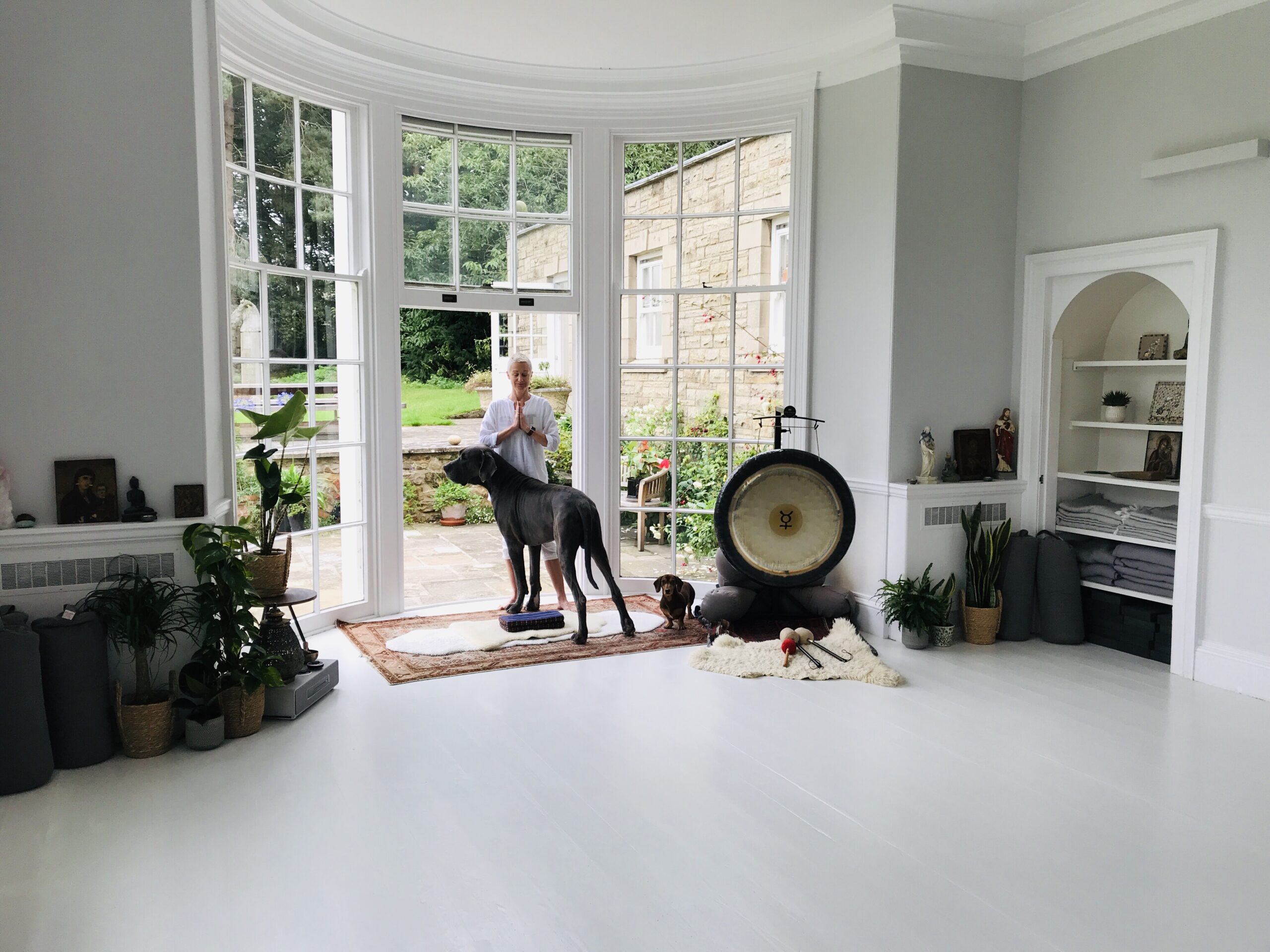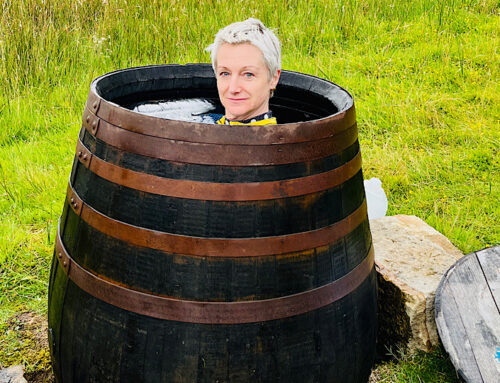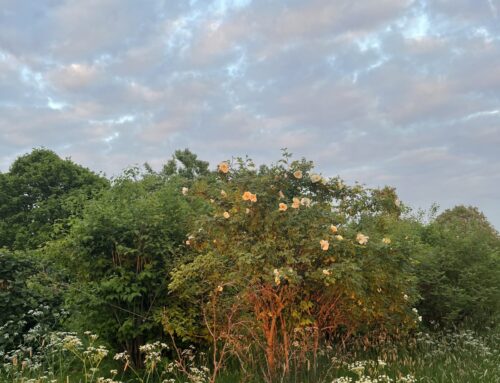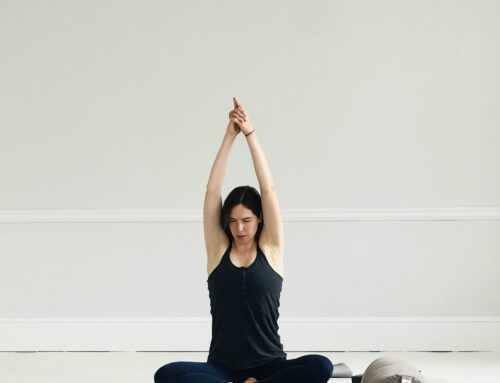Happy New You!
The real voyage of discovery consists not in seeking out new landscapes but in having new eyes.
(Attrib. Marcel Proust 1871-1922)
The arrival of a new year allows us to set fresh intentions and to create some personal change within. This year for sure we will face severe tests even if we don;t catch Covid 19. How can we manage ourselves? What tools are at our disposal during lockdowns?
Be the change you want to see – be a ‘potent’ human being
Kundalini yoga is known to be one of the most potent yoga pratices to ‘change how you feel’. If you are allowing your mind to catastrophize and ramp up your fear, Kundalini yoga can take you out of your anxious ruminating over-thinking and often judgmental mind, towards being open, observant, able to say ‘that’s interesting’ to an experience before you react. Step back and press pause.
Now is the time
The body-mind connection is a fact; the mind does not exist in isolation. Body+ mind share emotional information as tiny feedbacks. In fact, much of what the body feels is coloured by our thoughts and emotions, and everything we think is informed by what’s going on in the body. It sounds complex but the great news is that our whole outlook on life can be changed by tiny shifts in the body.
Whatever you can do or dream you can, begin it. Boldness has genius, power, and magic in it
Goethe
There is more wisdom in your body than in your deepest philosophy.
Frederick Nietzsche
Kundalini yoga allows all body shapes and abilities to take up a yoga practice. Kundalini yoga is not yoga that will force you into a perfect shape/posture; it is a hallmark of Kundalini yoga that alignment is not the central focus of the practice. However, Kundalini yoga will give you a strong toned body as a subtle by-product of the asana practice without ever being the ‘focus’ of the class intention. Kundalini yoga postures has postures you’ll find in other yogas, but then some surprise you. We like to say that Kundalini yoga has kriya movement that is ‘the same but very different’ from other yogas like Vinyasa, Ashtanga and Jivamukti. One can only find out this mystery through a class practice when you practice mastery of yourself.
‘I am conscious of this world by means of my body’
What to expect in a Kundalini class
We open and close classes with short mantra chants. We harness the power of intention for our practice, then yoke it to posture and breath for the potent alchemy of experiential change. We work through a kriya that is a complete set of actions designed to purify, uplift, connect to the divine within us. Our movements have set times and this helps make Kundalini yoga accessible for all abilities. You can rest on the mat during any posture time, then take it up again. We know that you will work out what is best for you and we encourage you to build your personal strength over time during attendance at classes.
Through meditation, taught breaths, our movement with our breath, our movement with hand mudra, with the addition of audible or said mantra our class experience is like no other yoga. It works and works on you. During class, and continuing on after. It is rare that a student does not return to savour more and more of this elevating practice that works through the spirit to set your soul free to fly.
This leads to spaciousness, stillness, being and not doing, and finally, into being in your pure Presence, nothing more.
I have an inward treasure born within me, which can keep me alive if all the extraneous delights should be withheld.
Charlotte Bronte
What is Presence?
Our presence is the quality of being that is open and aware and allows us to have trust compassion and wisdom in our lives so that we feel the connection of our soul with the soul of the world; other people, mother earth, all sentient beings.
History Notes
All yoga coalesced and flowered in the Eastern hemisphere, eastern minds, and in particular India. Eastern minds knew that if the outer world was to be transformed, the process must begin within. India was a treacherous country with few hospitals and first-world services. Indians managed their tough inner and outer terrain by living life steeped in a yoga practice, better able to tolerate extremes in life. It was their yoga practice that enabled them to manage basic physical extremes like heat or cold, hunger, impaired mobility. It was their yoga practice that enabled them to tolerate mental suffering, sadness, struggle, resistance, and addiction. It was their yoga that humbled them enough to accept poverty and testing times.
All this happened long before the Western mind awoke and adopted these same yogic practices. Today we are using yoga – this toolbox of eastern ancient breath and posture techniques and the nourishment of our chakra system, our personal and sacred energy centers of the self, to manage our chaotic, unpredictable continually transforming the world. It is our yoga practice that provides us with in-depth training in living outside our comfort zone with an open observational non-judgmental mind. It is yoga that broadens our capacity for connection and inclusion. It is yoga that forms our connection with our ‘selves’ through moving our energy (‘chi’) and our Prana (our breath) as our postures land us within bodies. It is yoga that yokes and binds us into ‘whole’ or holiness.






